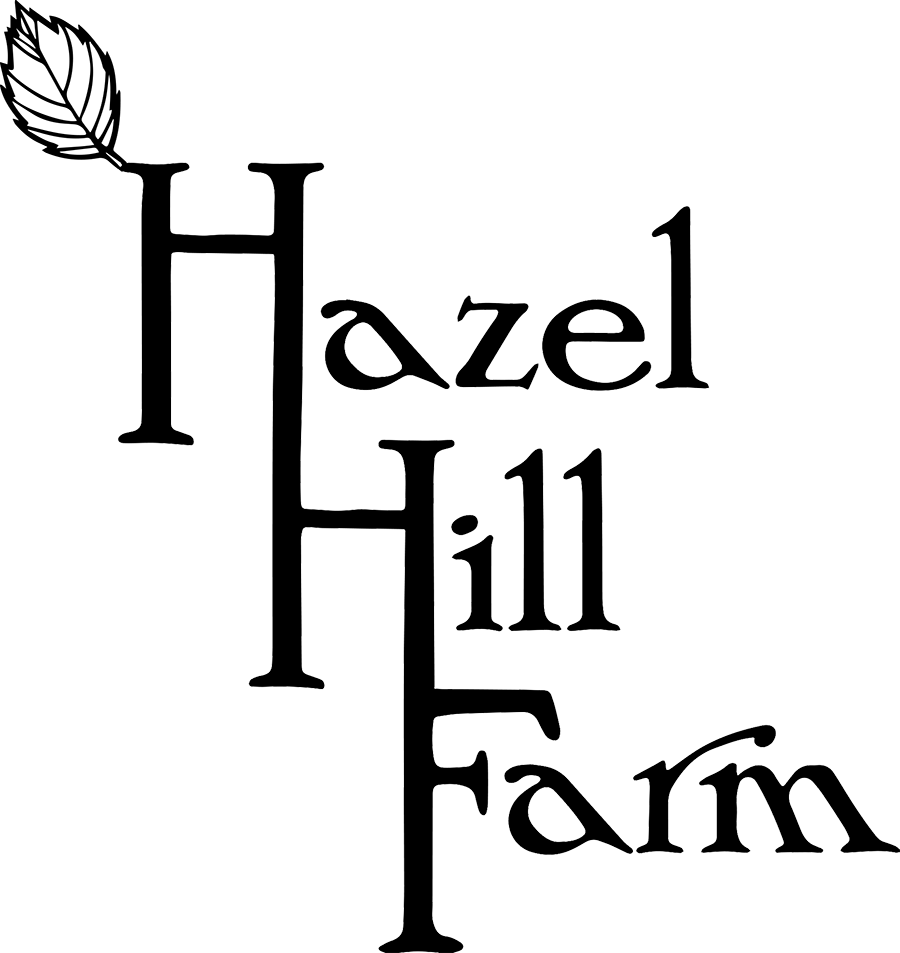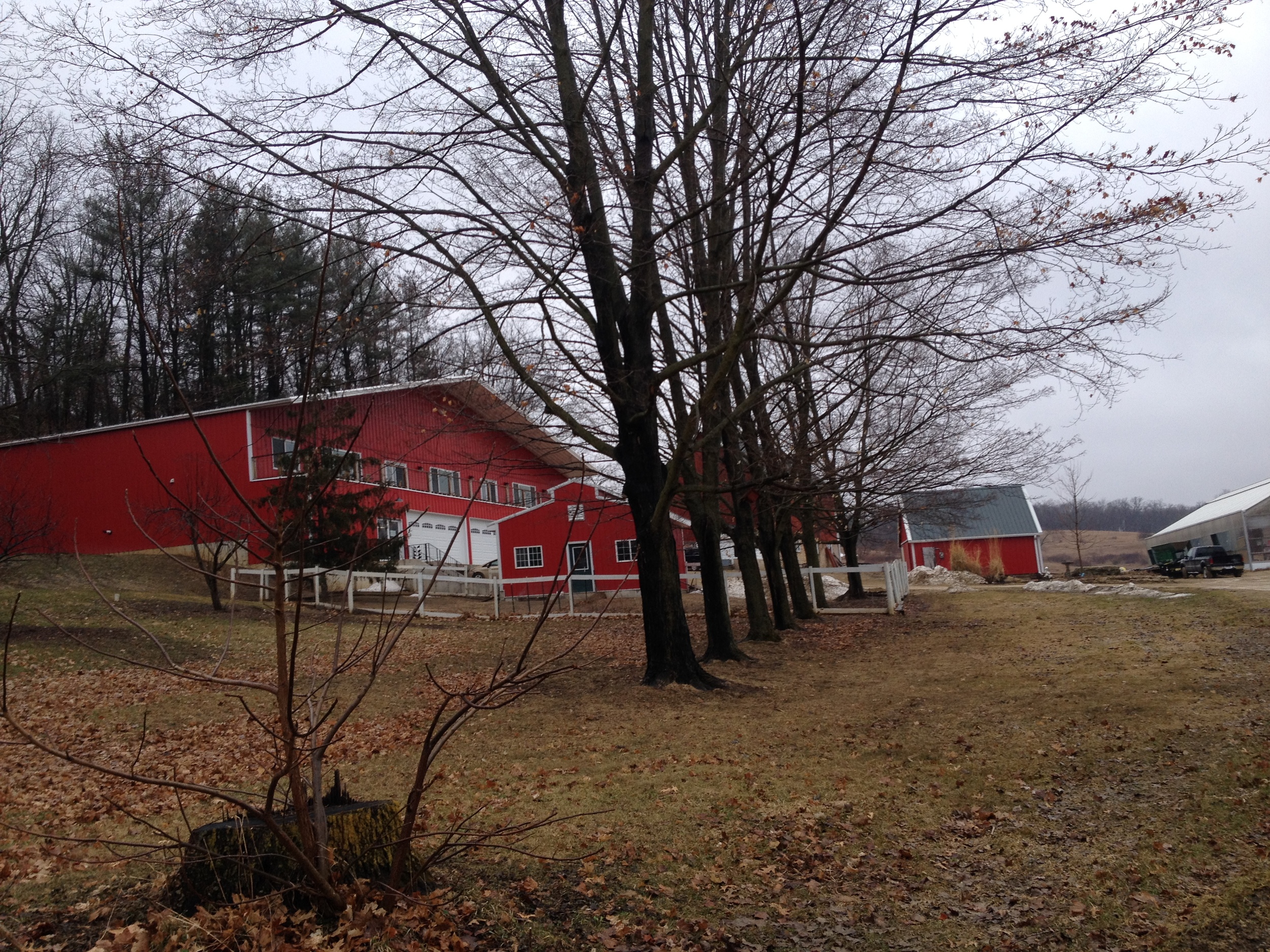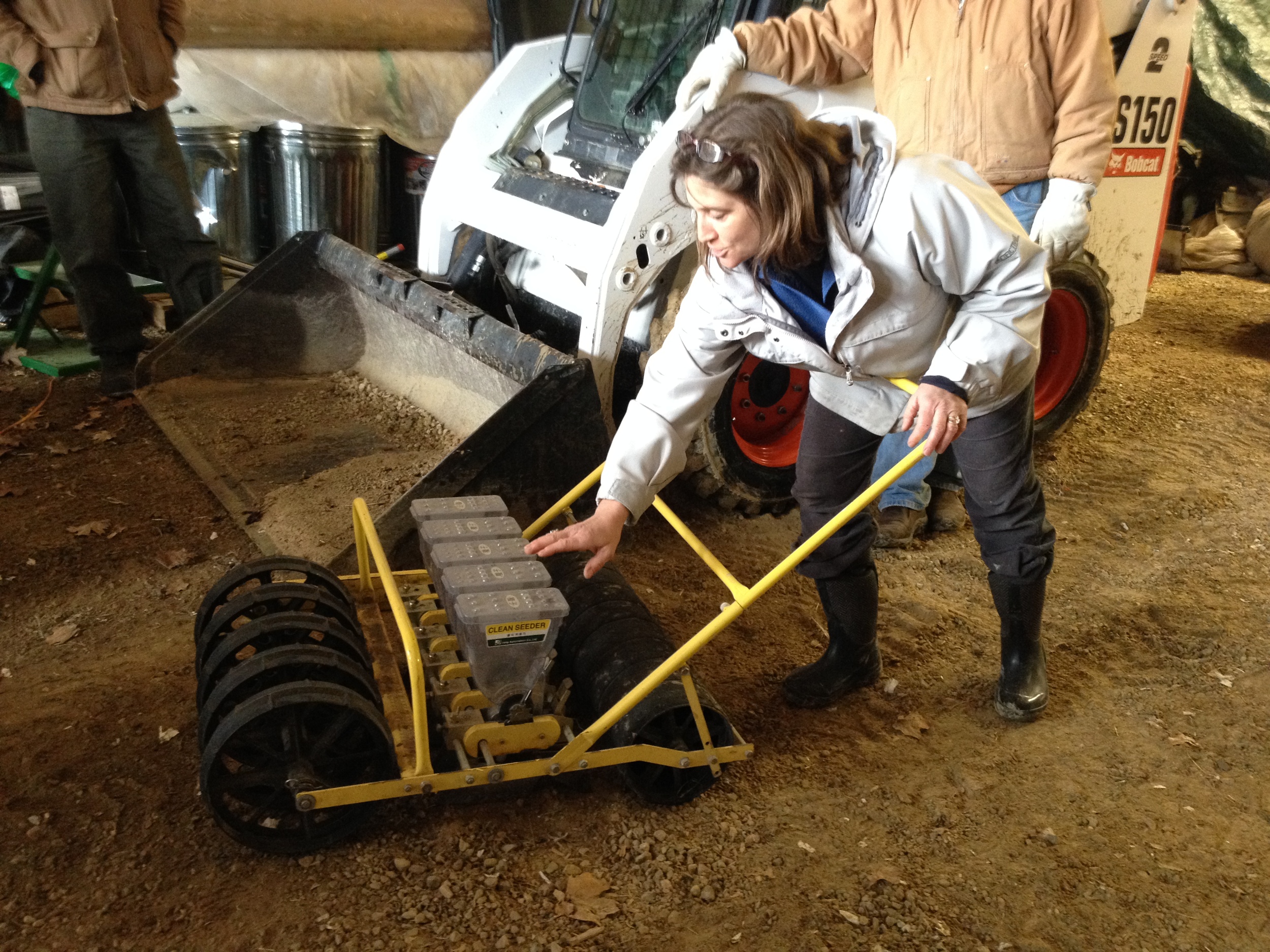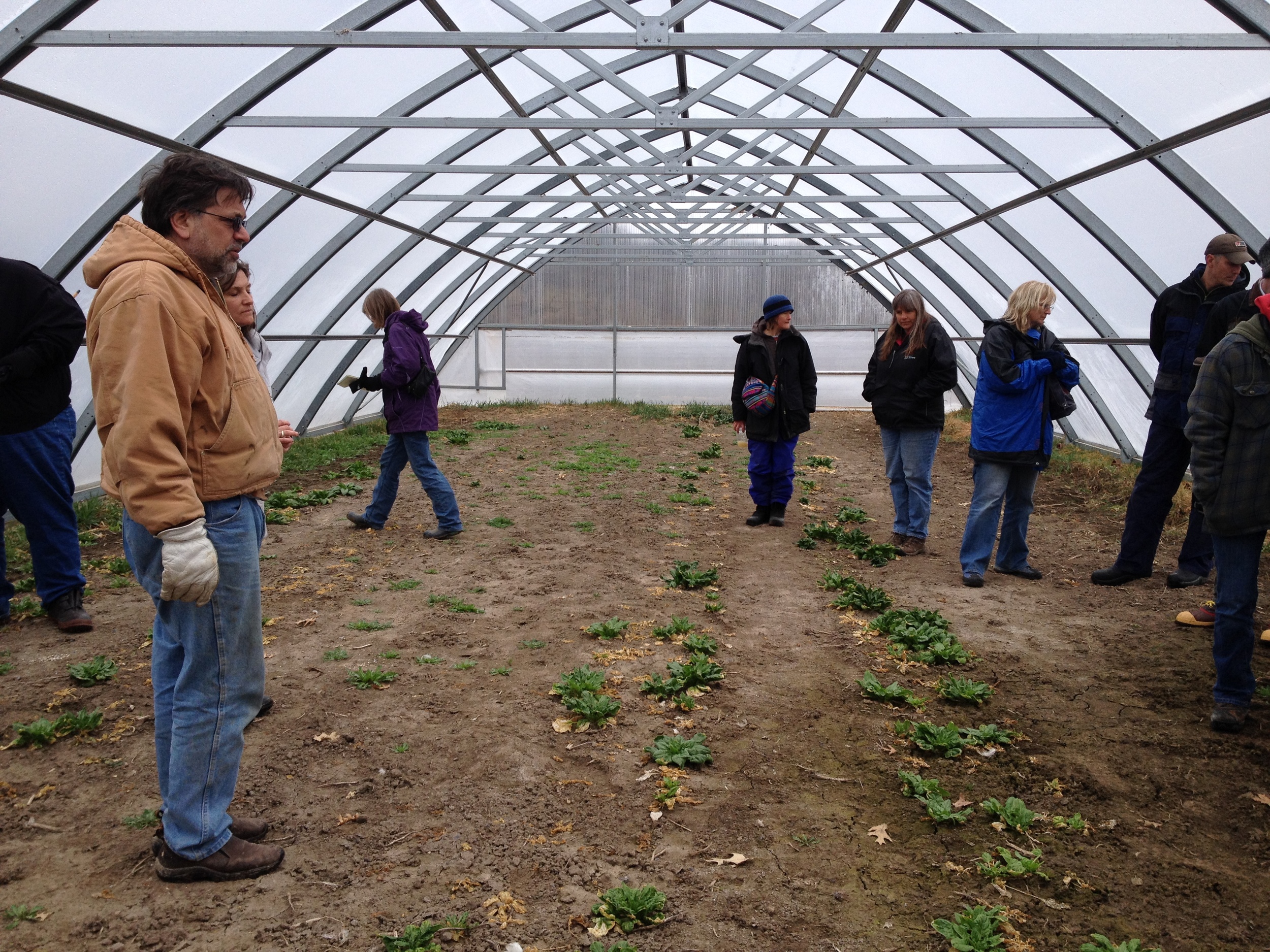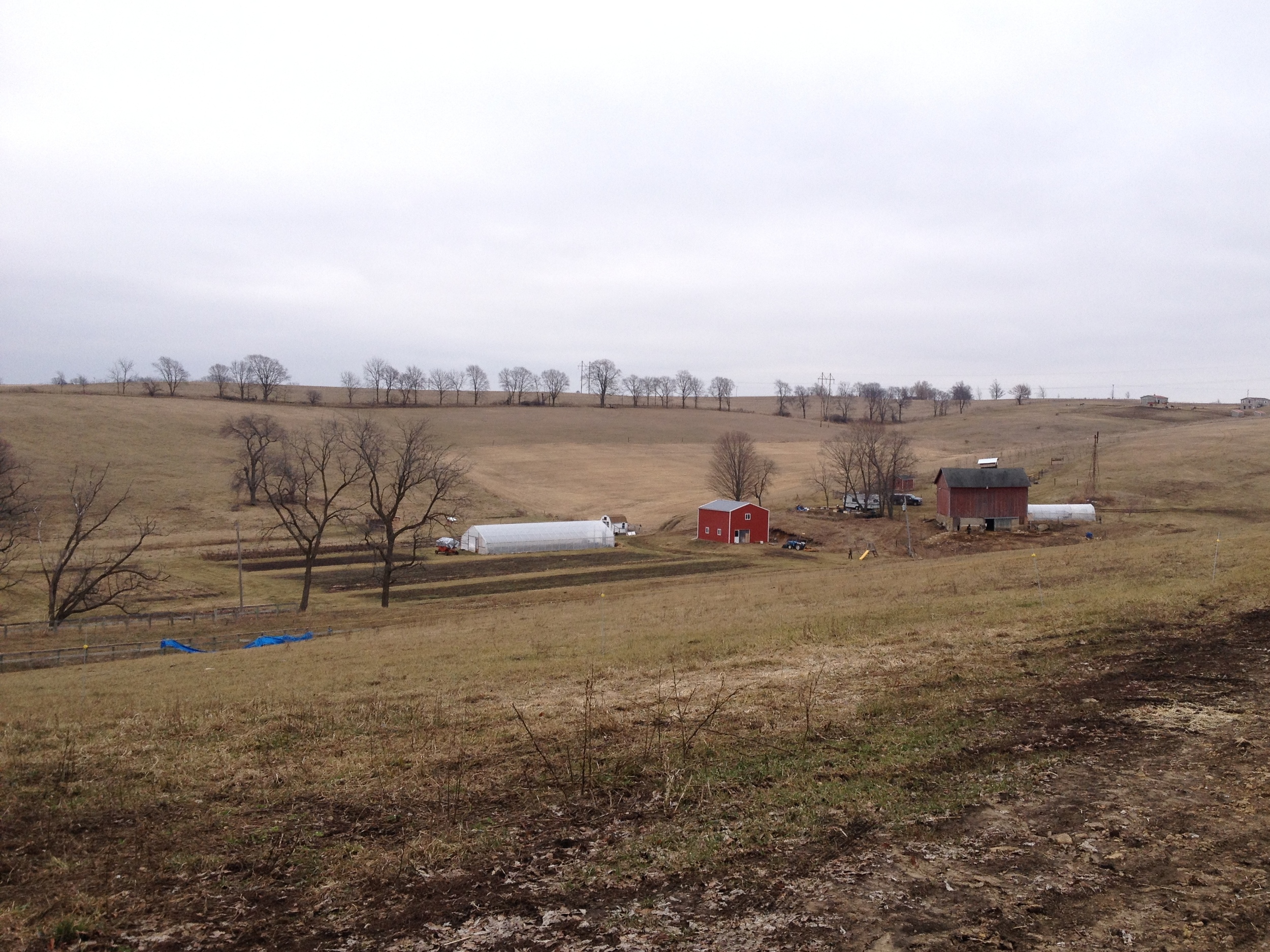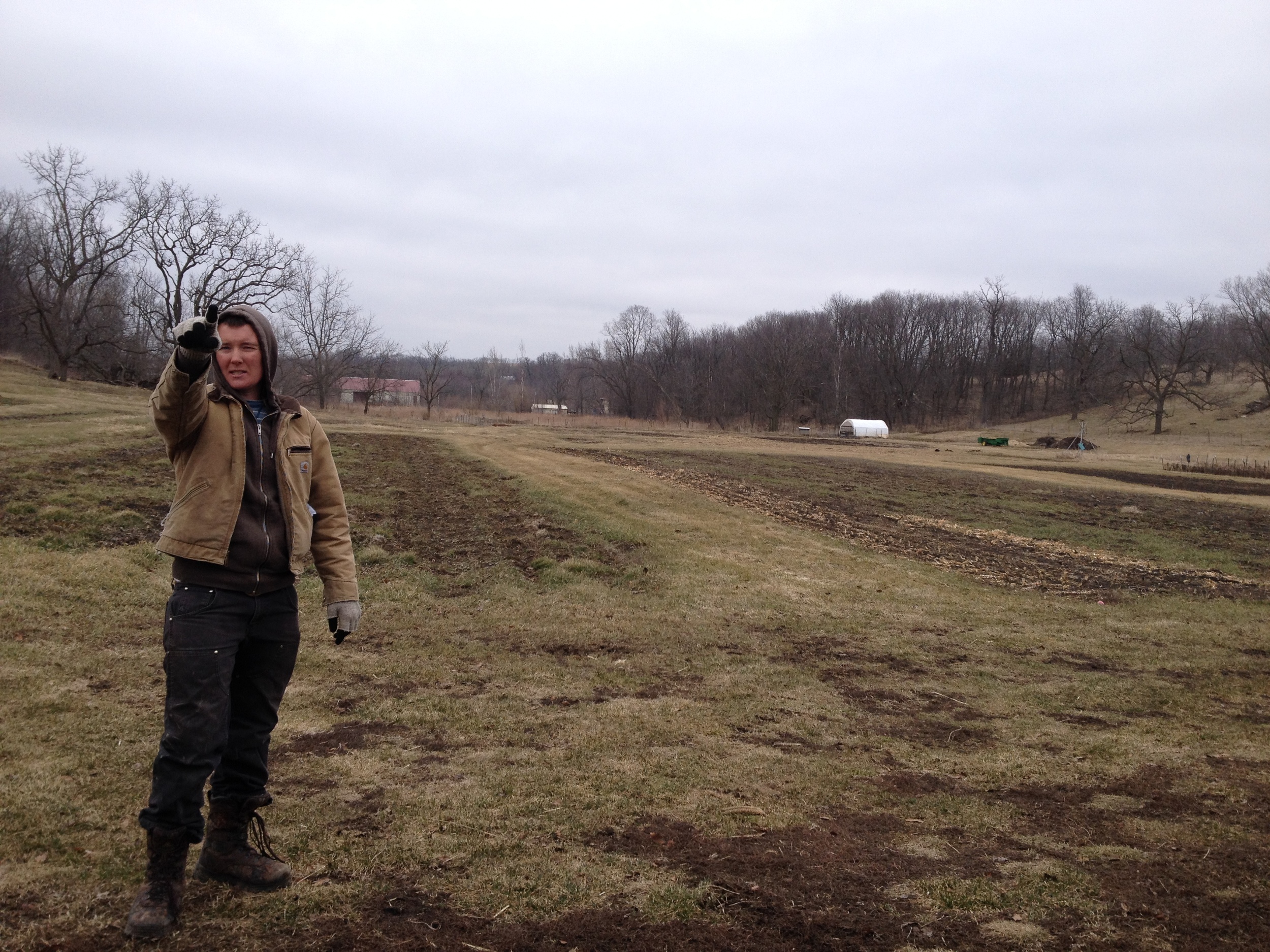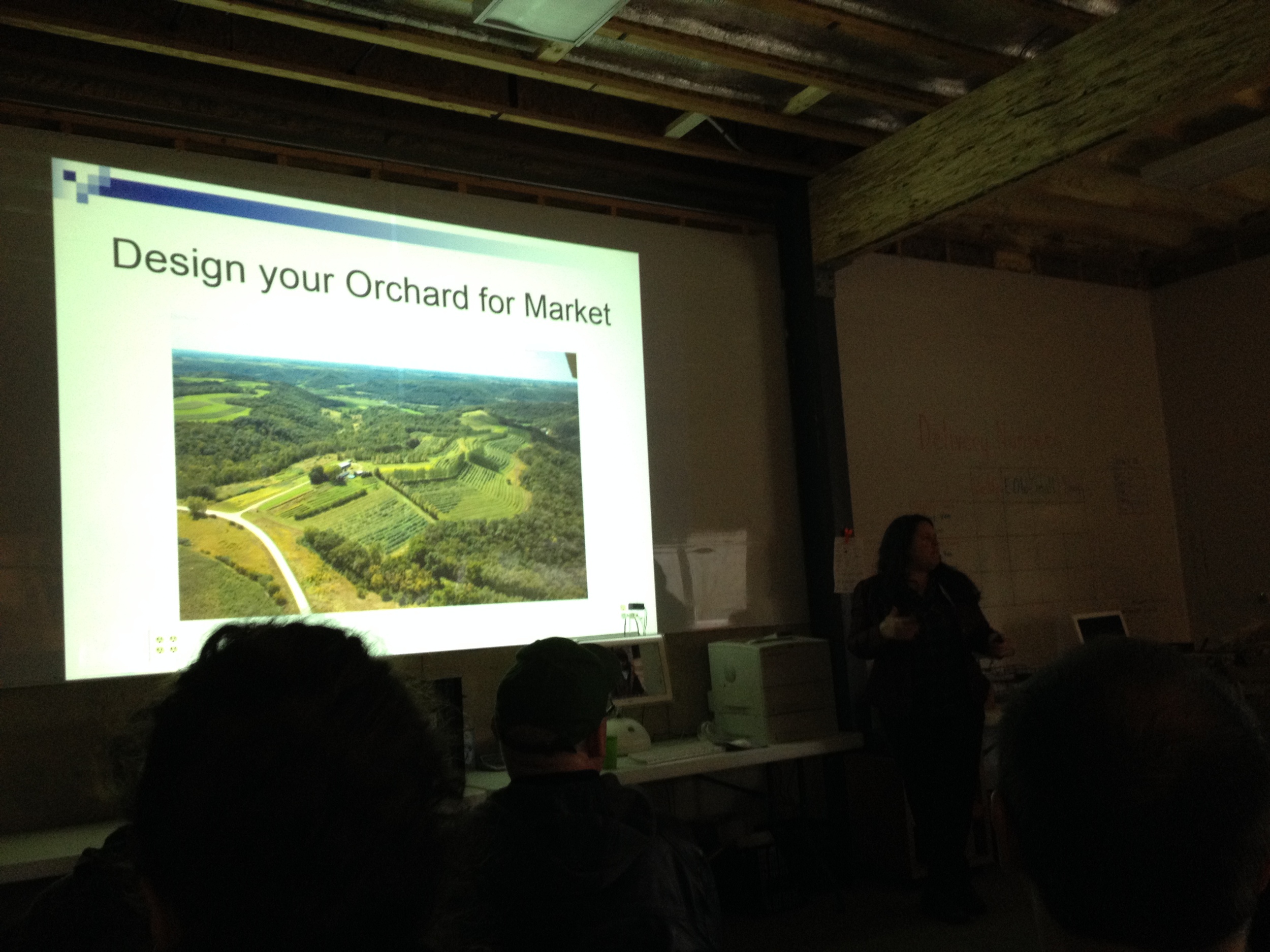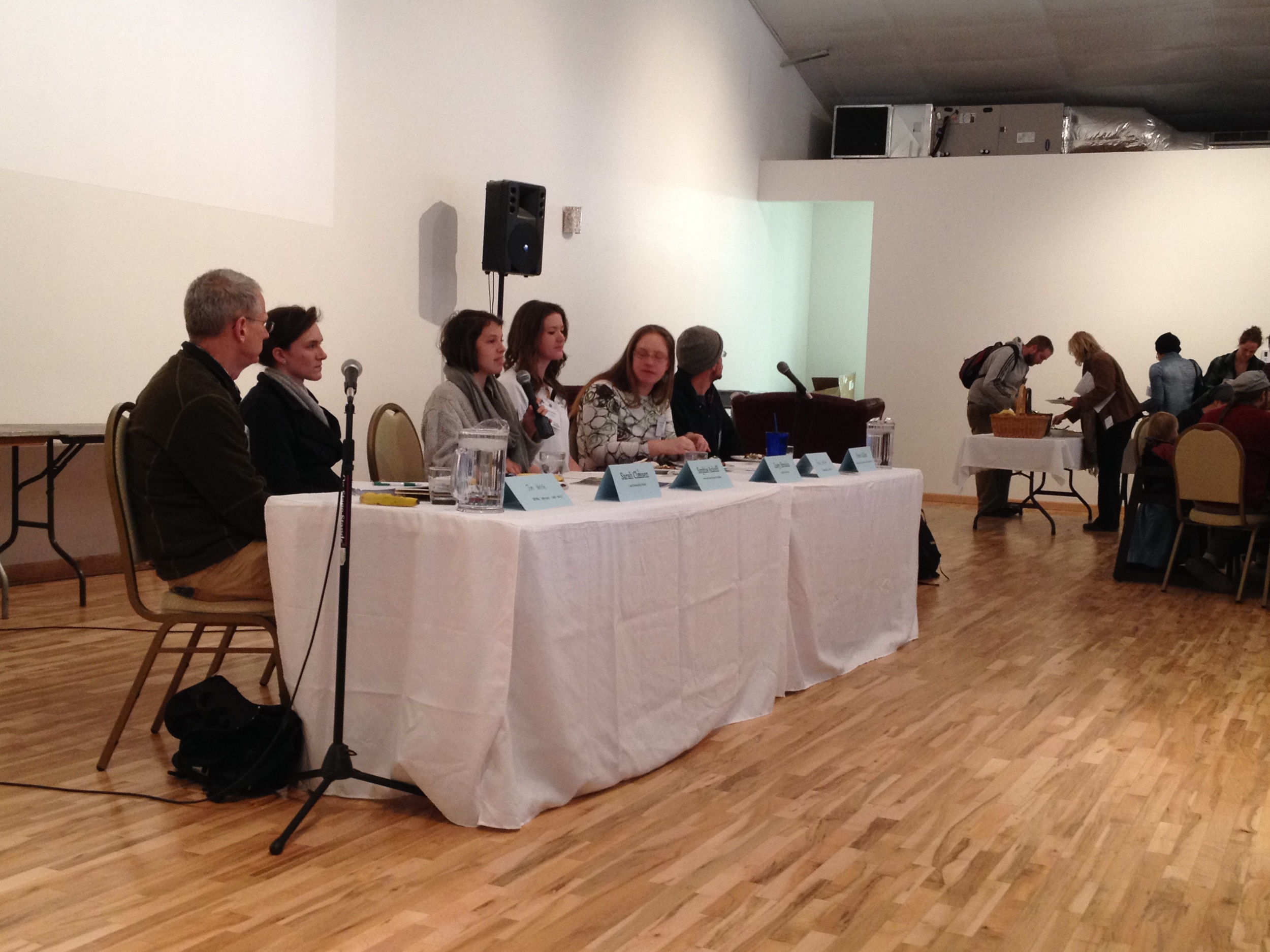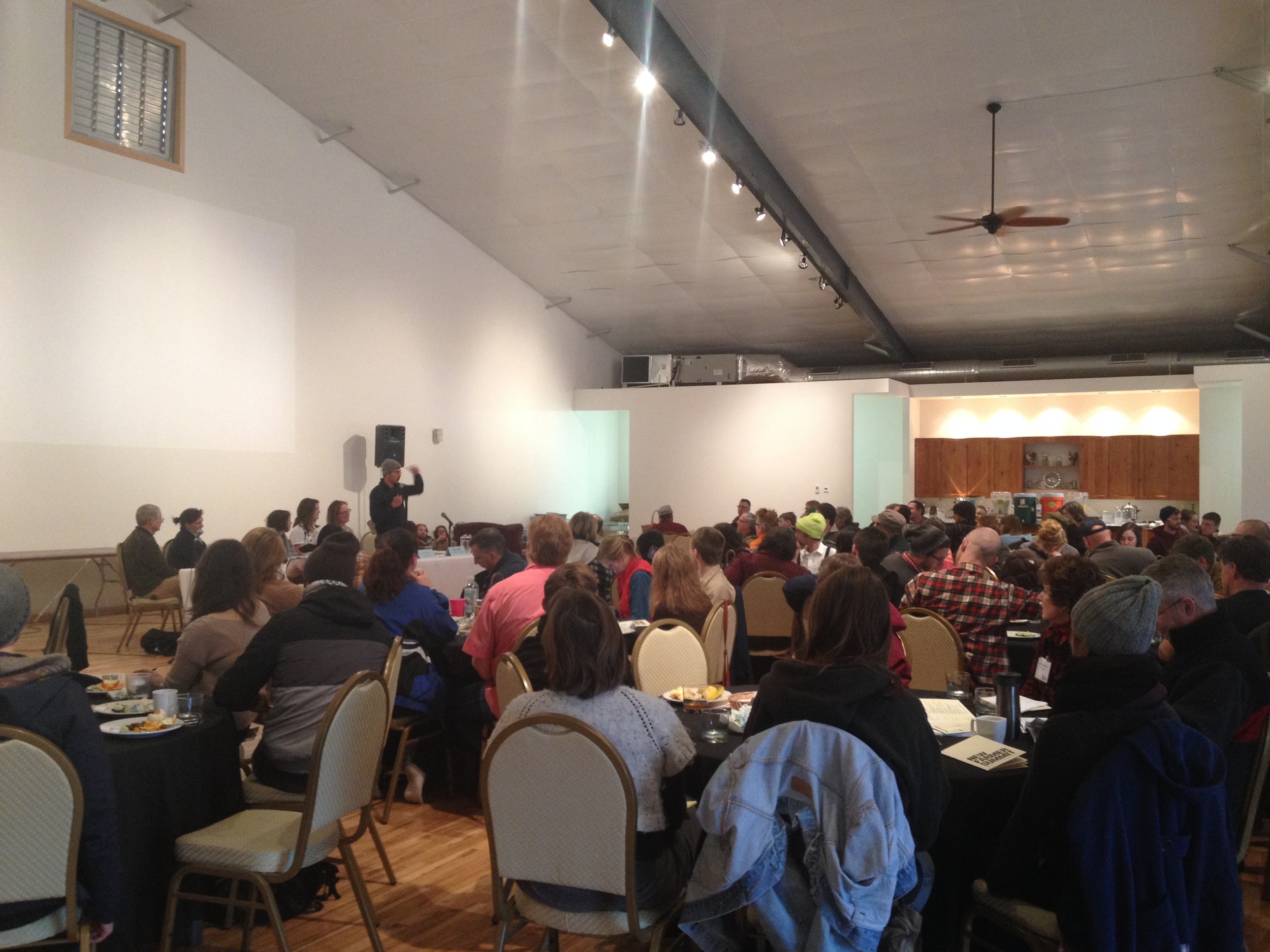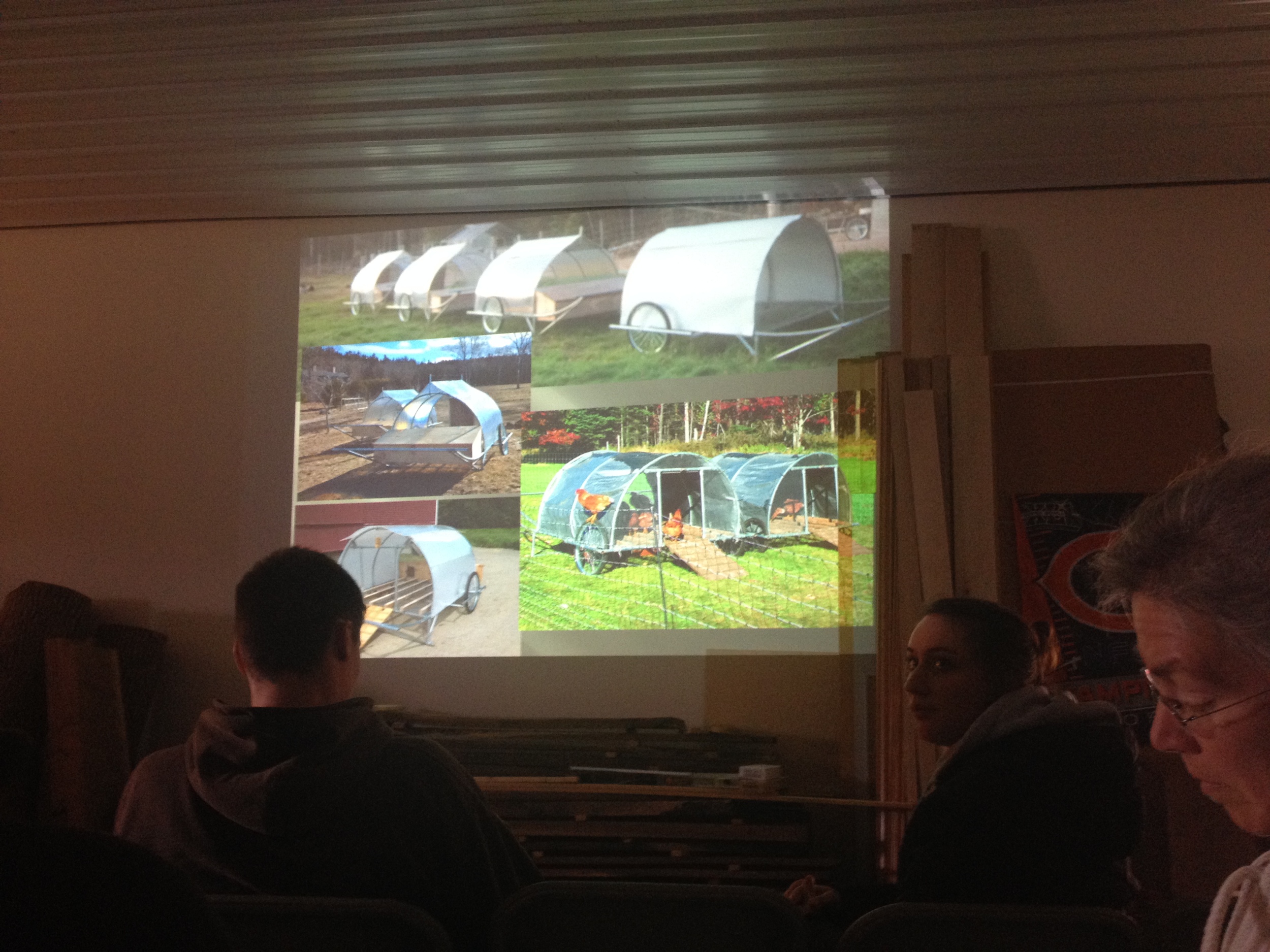Last weekend, I was lucky enough to attend the 26th Annual MOSES Organic Farming Conference. It was my second trip to this specific conference. In 2013, it was during conversations with other young conference attendees that I decided to make this website/blog. I skipped last year’s conference in favor of a few others, which meant that my experience two years ago was thrown in greater relief this time around. Two years ago, I was a former WWOOFer about to start my first full-season apprenticeship. It was my first conference, and it couldn’t have been much more overwhelming. Over three thousand people gathered in one place with at least one basic principle in common, a dozen workshops to choose from every hour, a floor full of people who would love to give you piles of information, and a dining hall packed with tables of people having a thousand interesting conversations. From the moment I walked into the La Crosse Center, was certain I was missing something. Sure, this conversation over lunch is interesting, but I bet those people over there are even more awesome. I’m learning tons in this workshop, but could I be learning more in that other one? It sounds like that contra dance is really fun, but I’m too busy drinking beer and getting to know these young farmers. The sheer magnitude of the conference meant that every moment, no matter how completely engaged I was in what I was doing there was a little voice in the back of my head that suspected I might be missing something.
This year’s conference was equally large and potentially overwhelming, but I experienced a drastic reduction in FOMO (fear of missing out) this time around. I think it was partially explained by the return visit and the other conferences I have under my belt, but that only explains away about half of the anxiety. I was talking about this with a friend at the conference, and our conversation brought up a key difference between MOSES 2013 me and MOSES 2015 me: my scope has narrowed considerably. In 2013, I was very new to farming, and everything was incredibly compelling. My experience working on farms so far had been exhilarating and (purposefully) diverse. My farm dreams were grand - I couldn’t imagine giving up any facet of them. So when presented with a list of workshop choices, it all seemed essential! I couldn’t imagine sacrificing the chance to learn about stone fruit production while someone else could be telling me how to farm without fossil fuels! I remain curious about the vast majority of topics covered at MOSES, but my reason for being there has shifted slightly since 2013. In the intervening years I have gotten closer to those “farm dreams” and they come into sharper focus the closer they get. While I still have some possibly outlandish long-term farming goals, my short-term plan is increasingly pared down to the bare bones. It’s not that I find any facet of that initial sprawling plan less intriguing, but practicality has dictated a more measured approach to starting a small business. So when I opened the schedule last weekend to plan my attack, I was able to limit myself to workshops that might be useful to me in the narrow scope of my near future without any dread creeping in that I was making horrible choices.
I’ve spent the better part of the past week sifting (mentally and physically) through everything I’ve brought back from MOSES 2015. While I wasn’t necessarily as overwhelmed at the conference itself as I was two years ago, it remains equally exhausting and invigorating. Very rarely am I called upon to be completely engaged for such a sustained period, and it made for a physically and mentally exhausting few days. So when I took a moment to sit down after dinner on Friday night, it seemed inconceivable that I’d find myself shedding layers to swing and bounce around for three hours at the annual contra dance. As I sit down these days to get down to the nitty gritty of planning the course of my next year approaching my own farm start-up, I am alternatively exhausted and invigorated. I can’t wait to get down to it, and I can’t really imagine that it will be possible. Two years from now, I hope I’ll be reflecting on MOSES 2017 as a farmer having made it through her first season on her own, probably exhausted, probably invigorated, but always willing to dig deep for the energy for another turn around the dance floor.
